It’s something that every wildlife filmmaker will face more than once in their career. The choice they make can make or break a filmmaking session. I’m talking about staying with a subject or leaving in hopes of finding better wildlife to film.
We’ve All Been There
You know what I’m talking about. That nagging feeling that maybe you’re missing something just around the bend or just over the next hill. The wildlife subject you’re filming now is ok, but what if there’s something better? If you stay you’ll certainly get some good footage, but could there be great footage you’re missing? How do you decide?
I’ve Been Here Before Too
I’ve spent a lot of time filming on the tallgrass prairie near my home. After a while I’ve kind of learned where I’m most likely to find certain species of flowers and animals. Since the tallgrass prairie is fairly large, I often enter at different spots on the prairie to make sure I haven’t overlooked anything interesting to film. This morning was no different.
Usually this time of year there is a layer of ground fog that burns off fairly quickly once the sun rises. So I entered the prairie on the Western end and decided to walk East into the rising sun.
There was a little ground fog this morning so I stopped to shoot some footage before it was gone.When the sun first rises above the prairie, it ignites the ground fog in brilliant oranges, yellows and reds. I didn’t find a really good composition, but I shot a minute or two of video anyway.
As I made my way East across the prairie, I noticed the ground fog was burning off very quickly but that the prairie was covered in dew. I would still have to work quickly since the still warm days of September and a slight breeze would evaporate the dew in no time.
This is the perfect time of year to film dew covered spider webs. By walking into the sun, the dew glowed like billions of little diamonds all across the prairie. It also made it extremely easy to find dew covered spider webs. I passed on several webs that were damaged or that I couldn’t find a good angle to film. I finally found a nice web and as a bonus a spider covered in dew sat right in the middle of it all.
Typically when you shoot dew covered webs, you want to have them against a dark background in order to really stand out. I order to do this, I needed to film from the other side of the web. Now front lit, the dew covered spider glowed vibrantly in the early morning light.
It wasn’t long before an unfortunate insect flew into the spider’s web. It pounced on its entangled prey and quickly began to wrap the insect in a sticky web cocoon.
As I was filming the spider and its prey, I knew that the dew wouldn’t last much longer. So do I stay with the spider or do I continue on to hopefully find something else to point my video camera towards?
How Do you Decide to Stay or Go?
Luckily for me, I had visited this tallgrass prairie for several years and knew it quite well. In fact, I had just filmed some of the goldenrod on the prairie the evening before. While I was filming the goldenrod, I noticed quite a few dragonflies concentrated in one area of the prairie. I also remember seeing them there on previous trips as well. So for me, it wasn’t too hard of a choice to pick up my gear and head down the trail to see if there were any dew covered dragonflies. I only found two but taking the chance was well worth it and I felt that I walked out of the prairie with much better footage than if I had stayed with the spider. The frame grab of the dragonfly at the beginning of this article was a result of taking that risk.
The other factor I took into consideration is that I’ve filmed spiders in dew covered webs in past seasons on the prairie. Every situation is different and unique but I’ve already shot footage that was similar in nature. So even though I wanted to record some footage, I knew that if I came up empty farther down the trail, it wasn’t a once in a lifetime situation.
What if I’ve Never Been Here Before?
My morning was successful because I knew the area well. But so often we take our video cameras to places we’ve never been to before. So what do you do?
If it’s a popular destination, you can do your homework before you arrive and possibly discover some locations where certain species of wildlife like to hang out. For instance, you can almost always find marmots along Sheepeater Cliffs trail in Yellowstone.
If your destination is someplace that you’ve stumbled upon, sometimes you it just comes down to a feeling that there’s something better just a little further down the trail. More often than not it rings true. Excuse me for getting a bit sappy for a moment, but I truly believe that nature and wildlife filmmakers tap into something that connects them to nature much more deeply than most other people. This morning was a perfect example.
As I was shooting the dew covered dragonflies, I just had the sense that I was being watched. Since the dragonflies weren’t going anywhere until their wings were dry I thought I’d take a quick look around. Now if you watched my video tutorial on Unexpected Wildlife Opportunities, you know that since I’m stationary for such a long time filming, it’s easy for wildlife to sneak up on you out of curiosity. Sure enough, up in a tree sat a young red-tailed hawk. How long it had been sitting there, I don’t know. The situation wasn’t ideal for filming, but I shot a few seconds anyway.
The point though is that I felt its presence strongly enough to stop filming and take a look around. So if you don’t know an area that you want to film wildlife in, trust your instincts and go with them.
What if I Strike Out?
Hey it happens. But even if you come home without rolling a frame of video you can still make it a productive day. On days that you strike out, don’t just pack up and walk out disappointed. Use the opportunity to scout the location for better possibilities filming wildlife next time. You’ll be increasing the odds that the next time you won’t come home empty-handed.
Other times when I get skunked, I like to give myself a challenge and film something in a way that I’ve never done before. Maybe it’s a different angle or camera movement. Maybe I’ll play with the white balance or experiment with filters. It’s a perfect time to try something new and different without fear that you’re missing a fantastic shot.
Oftentimes when I’m about to call it a day, I’ll use up the last few minutes of storage on my Panasonic P2 cards trying something different.
Another thing you could do is to work on sharpening some camera skills. Maybe you’re pans aren’t as smooth as they should be. Now would be a good time to work on them. Not when the trophy whitetail buck is bounding across the field in front of you.
The answer to staying or going is never a clear-cut one. Hopefully more often than not you’ll find a better subject or a better situation. But if you don’t you can still make the day worthwhile in prepping for the next time you must decide if you stay or if you go.


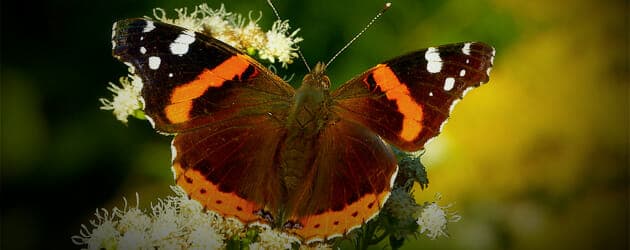
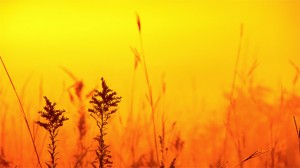
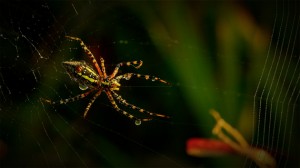
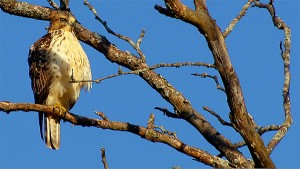
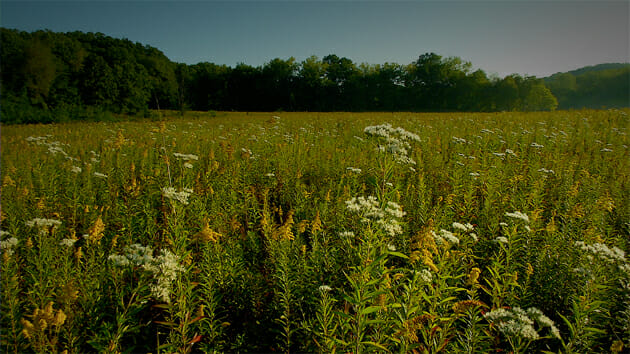
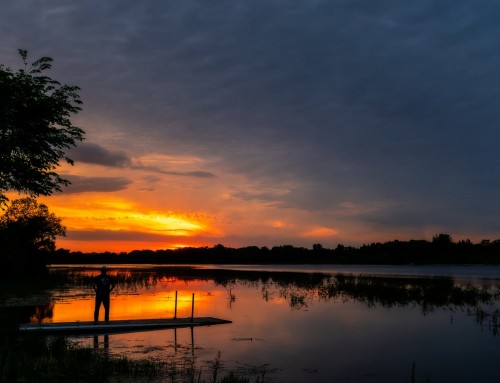
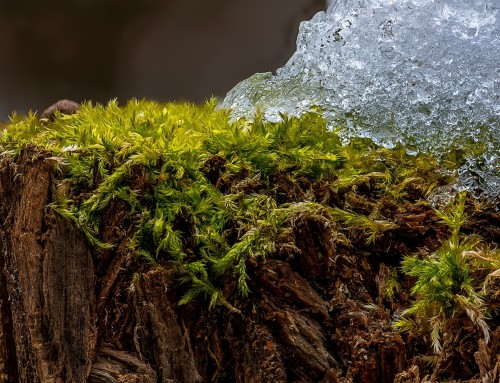

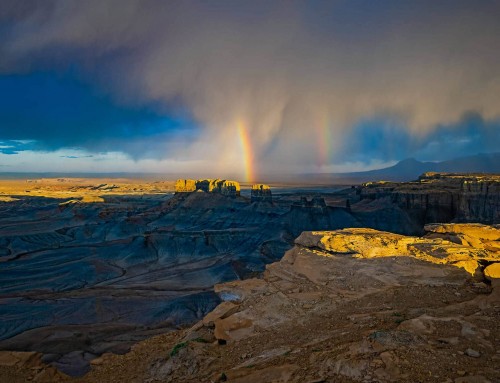
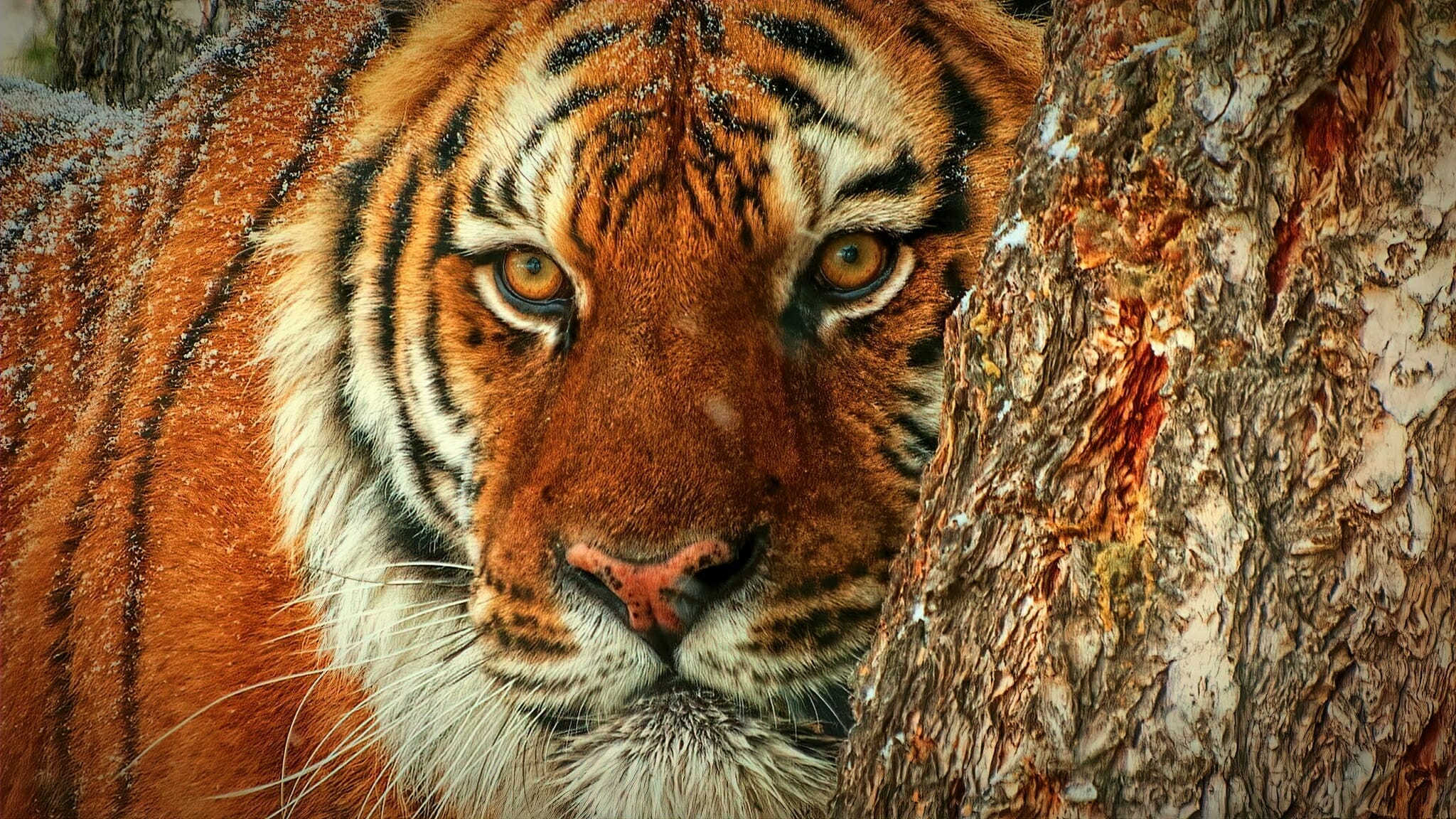
Leave A Comment
You must be logged in to post a comment.